Indoor Training for Outdoor Enthusiasts
Guest Post by Jonas Christensen – Thursday, 12. April 2018
3 Reasons Indoor Cycling Training is a Must for Any Outdoor Cyclist
When you mention the words “indoor cycling” to traditional outdoor cyclists you will often be confronted with a reply along the lines of “why don’t you just go outside and ride for real”?
Although I prefer to ride outdoors on my beloved Cervelo R5, I’m a strong believer that any cyclist will be missing out on some serious results if they leave indoor cycling out of their training program. In this article I will go through exactly why you should make indoor training a constant part of your fitness regime.
If it’s Good Enough for the Pros, it’s Good Enough for You
But first, let me tell you a little story about Australian professional cyclist Matthew Hayman.
In February 2016, at the age of 37, Hayman came off his bike during the Belgian pro cycling race Omloop Het Nieuwsblad and fractured the radius bone in his right arm.
Getting this sort of injury at the beginning of a season can be devastating for a pro cyclist’s performance for the rest of the year, but for Hayman the more immediate concern was his preparation for the race he loved the most: Paris-Roubaix.
The race was only five weeks away and although the radius bone would have time to heal, any disruption to Hayman’s training schedule would ruin his chances of success at the event he looked forward to every year.
What’s a guy to do?
Because he couldn’t ride his bike outside, Hayman’s only solution was to get on the indoor trainer.
For four weeks he worked hard at keeping fit for the upcoming race. He would do interval sessions in the morning and endurance sessions in the afternoon, each session lasting an hour and a half to an hour and 45 minutes.
Although Hayman had always been a staunch opponent of indoor training, he now found these sessions strangely addictive. With no chance of free-wheeling, his training sessions became much more intense and effective.
Low and behold, on 10 April 2016 Matthew Hayman beat four other riders in a sprint finish to cross the line as the winner of the 2016 Paris-Roubaix road race, the biggest victory of his career.
After the race, Hayman told Triathlete Magazine: “I was always one of the guys who would prefer to ride in the rain and weather than get on the home trainer. I really didn’t like it, but now home trainers and the programs associated with them have improved so much so since I’ve turned pro that now I think twice about going out on the road”.
With that story in mind, let’s get into the benefits of indoor cycling for outdoor cyclists and find out why indoor training can be immensely valuable for any cyclist.
1. Train with Purpose and Higher Intensity
Matthew Hayman said it himself: Indoor cycling training will give you a workout that is hard to achieve out on the road. When you’re on a stationary bike or indoor trainer there is no one to coast behind, no wind in the back and no sudden stops at red lights. The hills can keep on going for 5, 10 or 15 minutes on end (or even longer if you have the stamina) and the cadence and power output required to push through can be kept constant for long periods of time.
The result is a workout with higher intensity than you would be able to achieve riding outside in a group or on your own. In other words, it’s the stuff that will set you apart from other riders without the same ability to provide a constant power output for lengthy periods of time.
Another obvious benefit of these higher-intensity indoor workouts is that the same or (most likely) greater training stimulus can be achieved in a shorter time. Several studies have shown that shorter high-intensity workouts can yield significant results for endurance athletes in terms of building stamina and endurance, but also in reducing the risk of injury or ongoing fatigue. See here for an interesting case study on how high-intensity training can help endurance athletes, including the optimal ratio of high to low intensity training.
2. Use progressive training to build strength and stamina
When it comes to cycling training, any coach will tell you that your training program needs to be progressive. That is, if you want to get better, you need to add layers to your ability and challenge your body with different workouts every week.
This can sometimes be difficult if you’re cycling on the same route week after week or you don’t have enough varied terrain in your local area to train different aspects of cycling, such as hill climbing or flat road racing.
In an indoor training session you can control the exact intensity of your workout, but also aspects like the number and length of sprint or climb intervals as well as the overall workout length. In other words, you’re in total control and able to plan every workout down to the detail, making that progression much more achievable.
3. Get your workout done – rain, hail or shine
Let’s face it: the best workouts are the ones that actually happen. Even the most motivated person in the world will have days where they just feel like staying in bed or on the couch rather than going outside for a bike ride. If the weather is inclement, the motivation to get off your backside can fall to near zero.
Sometimes we do manage to drag ourselves out of our lazy state, but in the end our workout is mediocre because the motivation is missing on the day.
Indoor cycling can solve both these challenges! Obviously, the weather is no excuse when you’re indoors and that drive to push yourself to new limits can quickly return when the music is pumping and your instructor is giving you motivation to go harder.
If you’re using an indoor trainer linked to an onscreen cycling program you can easily find other cyclists to race against. Goodbye low energy, hello stronger and fitter body!
The benefits of indoor cycling for outdoor cyclists are obvious and many, which is why most triathlon and cycling coaches will incorporate a level of indoor cycling into any training program, whether it be spin classes or workouts on indoor smart trainers.
Jonas Christensen loves anything cycling and has been riding bikes for longer than he can remember. These days, he writes about cycling for the News and Opinion section at Bike Chaser, a marketplace for buying and selling bicycle products.

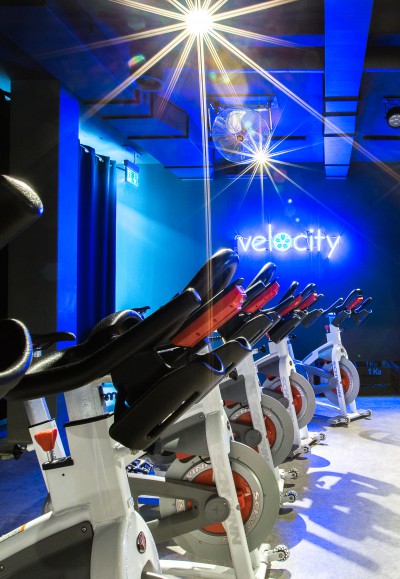
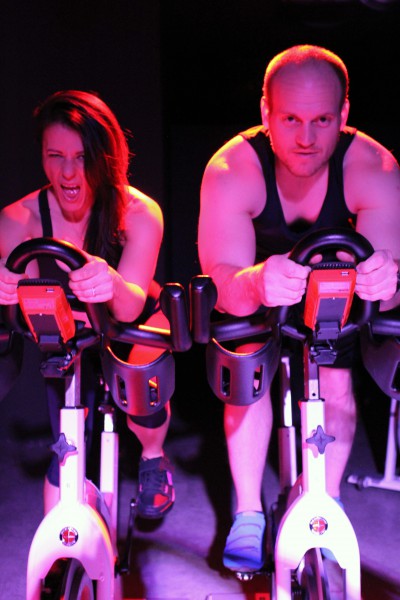
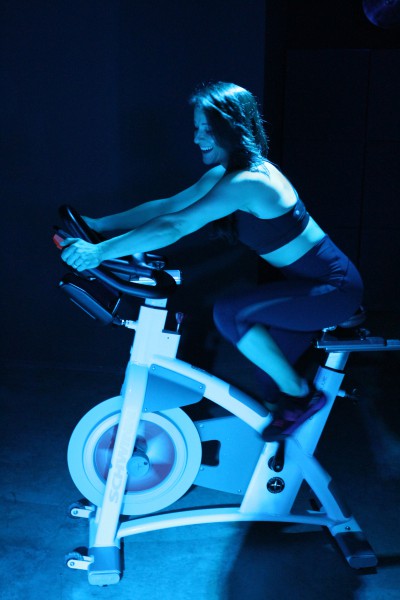
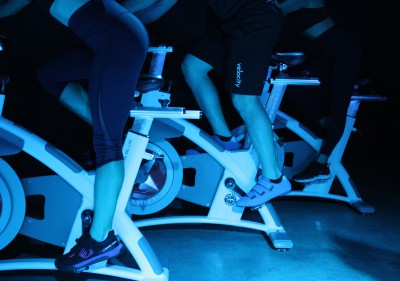


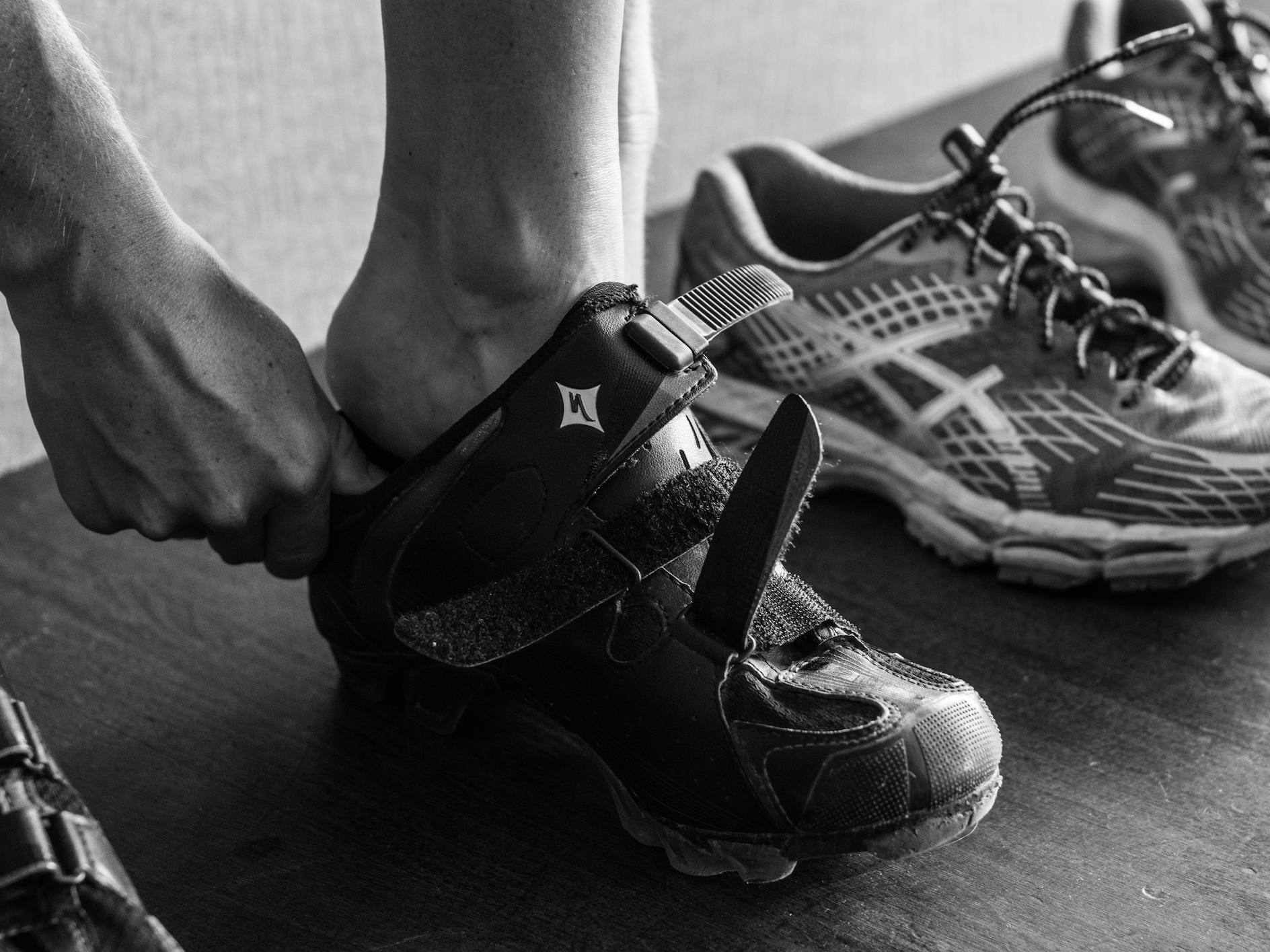

5 reasons why Power is the perfect summer workout
/in Health, Lifestyle, Power/by AnnaUnleash your inner beast with Unlimited August Package
/in Lifestyle, Living in Zug, Living in Zurich, Power, Rides/by AnnaAll you need to know about indoor cycling: Veloburn Edition
/in Rides/by Anna